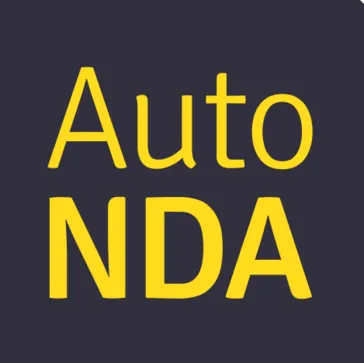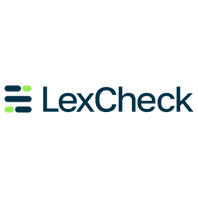Contract Automation and Drafting (Through Signature)
What is Contract Automation and Drafting (Through Signature)?
Top Products in Contract Automation and Drafting (Through Signature)
What is contract automation and drafting software?
Contract automation and drafting software is designed to help users automate the process of creating, managing and executing contracts. This software typically includes tools for creating and editing contract templates, automating contract approvals and electronic signatures, and tracking the progress of contracts through their lifecycle. It may also include analytics and reporting tools to help users understand their contracting performance and identify areas for improvement.
Who uses contract automation and drafting software?
Contract automation and drafting software is used by a wide range of organizations, businesses and individuals who are involved in creating, managing, and executing contracts. This may include:
- Legal departments of large companies and organizations, which use the software to streamline their contract management processes and improve efficiency.
- Small and medium-sized businesses, which use the software to manage contracts with customers, vendors, and partners.
- Sales and procurement teams, which use the software to automate the process of creating and negotiating contracts, as well as to ensure compliance with company policies.
- Government agencies and non-profit organizations, which use the software to manage contracts with suppliers, vendors, and partners.
Overall, anyone who is involved in creating, managing, and executing contracts can benefit from using contract automation and drafting software.
Do law firms use contract automation and drafting software?
Law firms sometimes use contract automation and drafting software as it can help streamline their contract management processes, improve efficiency, and increase productivity. Law firms use this software to automate contract creation, negotiation, and execution, as well as to manage and track contracts throughout their lifecycle.
Law firms also use contract automation and drafting software to ensure compliance with legal requirements, such as e-signature laws, and to create and manage contract templates that can be used by the firm's attorneys to quickly generate new contracts. Additionally, the software can provide analytics and reporting tools that can help law firms to identify areas for improvement in their contract management processes.
Overall, contract automation and drafting software can be a valuable tool for law firms looking to improve their contract management processes, increase efficiency, and provide better service to their clients.
How do corporate legal departments use contract automation and drafting software?
Corporate legal departments use contract automation and drafting software to streamline their contract management processes, improve efficiency, and increase productivity.
Some common ways that corporate legal departments use contract automation and drafting software include:
Automating contract creation. Legal departments can use the software to create and edit contract templates, which can be used to generate new contracts. These templates can save time and reduce errors compared to manually drafting contracts.
Managing contract approvals. Legal departments can use the software to automate the contract approval process. This can include routing contracts for review and approval by various stakeholders, such as legal, finance, and procurement teams.
Tracking contract performance. Legal departments can use contract automation software to track and manage the progress of contracts throughout their lifecycles. This can include tracking of milestones, expiration dates, and renewals.
Ensuring compliance. Contract automation and drafting software can be useful to legal departments in ensuring compliance with legal and regulatory requirements, such as e-signature laws and data privacy regulations.
Analytics and reporting. Legal departments often use this software to create analytics and reports on contract performance, which can help them to identify areas for improvement in their contract management processes.
Overall, contract automation and drafting software can be a valuable tool for corporate legal departments to manage their contracts more efficiently, and to provide better service to their organization.
What are the most important features to look for in contract automation and drafting software?
When in the market for contract automation and drafting software, key features to consider include:
Template creation and management. It should go without saying that the ability to create and manage contract templates is a core feature of this software. It allows users to quickly generate new contracts, saving time and reducing errors compared to manually drafting contracts.
Automated contract approvals. A useful feature of contract automation software is the ability to automate the contract approval process. This can include routing contracts for review and approval by various stakeholders, such as legal, finance, and procurement teams.
Electronic signatures. Support for e-signatures is a must-have. It allows users to sign and execute contracts electronically, which both saves time and reduces errors compared to manually signing and printing contracts.
Contract tracking and management. The software should have the ability to track and manage the progress of contracts throughout their lifecycles. Tracking may include milestones, expiration dates, and renewals.
Reporting and analytics. Products in this category often provide analytics and reporting tools that can help users to understand their contract performance and identify areas for improvement.
Integration. Depending on your needs, you may want a product that is able to integrate with other systems and tools that you already use, such as CRM, ERP, or document management systems.
Security and compliance. Look for robust security and compliance features, such as encryption and role-based access control, to ensure that contracts and sensitive data are protected.
Ease of use. As with any software product, contract automation and drafting software should be easy to use and navigate, so that users can quickly get up to speed on creating, managing, and executing contracts.
Ultimately, the most important features will vary depending on the specific needs and requirements of the user, but these are some of the key features that are commonly used in contract automation and drafting software.




